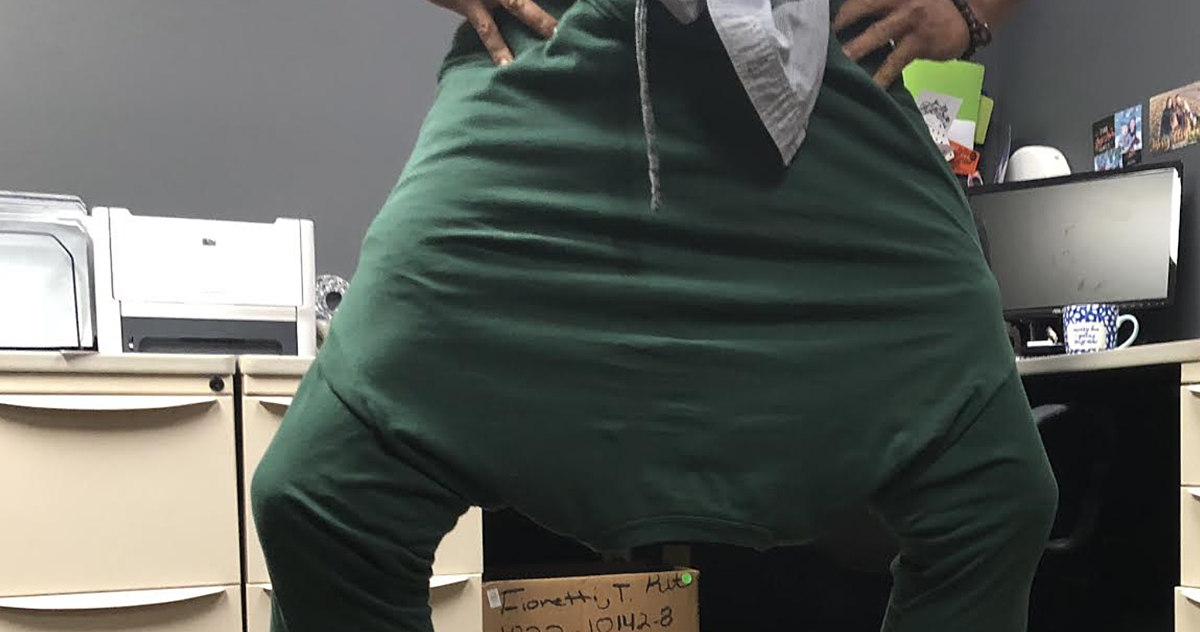
In the world of fashion, mishaps like a favorite shirt shrinking after a wash are all too common. The disappointment of a once-fitting garment now feeling too tight can be disheartening. However, before you relegate that beloved shirt to the depths of your closet, there are several methods you can try to stretch it back to its original size.
Understanding Fabric Behavior
Before diving into stretching techniques, it’s crucial to understand how different fabrics react to stretching. Natural fibers like cotton, wool, and linen tend to be more receptive to stretching, while synthetic fabrics like polyester and nylon may be more resistant. The key lies in applying the appropriate method for the specific fabric type to avoid damaging the garment.
The Water and Conditioner Method: A Gentle Approach
For natural fiber shirts, the water and conditioner method offers a gentle and effective way to stretch out the fabric. Fill a sink or basin with lukewarm water and add a tablespoon or two of hair conditioner. Submerge the shirt completely and let it soak for 15-30 minutes. The conditioner helps relax the fibers, making them more pliable.
While the shirt is still wet, gently pull and stretch it in the desired direction, focusing on areas that feel tight, like the sleeves or shoulders. Avoid overstretching, as this can permanently damage the fabric.
Once you’ve stretched the shirt to your desired size, rinse out the conditioner thoroughly with cool water. To avoid wringing out the excess water, which can cause further shrinking, lay the shirt flat on a towel and roll it up gently. Then, transfer the shirt to another dry towel and gently stretch it to its desired shape and size. You can use pins to secure the fabric in place. Finally, allow the shirt to air dry completely. Avoid using a dryer, as the heat can shrink the fabric again.
The Ironing Method: Targeted Stretching
For stubborn areas that require more targeted stretching, the ironing method can be effective. Fill a spray bottle with water and set your iron to a medium-low heat setting suitable for the fabric type. Turn the shirt inside out to protect the outer surface from direct heat.
Spray the areas you want to stretch with water from the spray bottle. While the fabric is still damp, gently pull and stretch the shirt in the desired direction as you iron it. The heat from the iron helps relax the fibers further, allowing for easier stretching.
Once you’ve ironed the entire area, let the shirt cool down completely before trying it on. This allows the fibers to set in their new, stretched-out shape.
Additional Tips for Stretching Success
- Test a small area first: Before applying any stretching method to the entire shirt, test it on a small, inconspicuous area to ensure the fabric reacts favorably.
- Stretch gradually: Avoid overstretching the fabric in one go. Work gradually, applying gentle pressure and repeating the stretching process until you achieve the desired results.
- Consider professional help: If the shirt is made from a delicate fabric or the stretching methods prove unsuccessful, consider taking it to a professional tailor. They have the expertise and tools to safely stretch the garment without damaging it.
Conclusion: Reclaim Your Shrunken Garments
With these stretching techniques and a bit of patience, you can breathe new life into your shrunken shirts, transforming them from ill-fitting garments back into comfortable and stylish staples of your wardrobe. Remember, understanding fabric behavior and applying the appropriate method are key to achieving successful stretching without damaging your beloved clothes.
Part IV: Alternative Stretching Techniques
While the water and conditioner and ironing methods are popular options, there are a few alternative techniques you can explore:
-
The Wearing Method: This method relies on your body heat to gently stretch the fabric. Put on the damp shirt (ideally after a shower when your body heat is elevated) and wear it for a short period. As your body moves, it can gently stretch the fabric fibers, particularly in areas like the arms and shoulders. Let the shirt air dry completely while still wearing it for optimal results.
-
The Freezing Method: This method utilizes the power of cold to help relax the fibers. Place the damp shirt (again, after applying the water and conditioner method) in a sealed plastic bag and store it in the freezer for a few hours. The cold temperatures can help relax the fabric’s structure, making it more receptive to stretching when you take it out. Once thawed, gently stretch the shirt while it’s still damp and lay it flat to air dry.
-
The Tennis Ball Method: This method is particularly effective for stretching out t-shirts. Place a clean, dry tennis ball inside the damp shirt. Focus on areas that need stretching, like the sleeves or the bottom hem. Gently push and pull the fabric around the tennis ball, using it as a guide for targeted stretching. Lay the shirt flat to air dry with the tennis ball still inside to maintain the stretched shape.
Important Note: These alternative methods may not be suitable for all fabrics, especially delicate materials. Always test a small area first and avoid overstretching to prevent damage.
Part V: Preventing Shirt Shrinkage: Proactive Measures
The best way to avoid the need for stretching is to prevent shrinkage in the first place. Here are some proactive measures you can take:
-
Read the care label: This little tag sewn into your shirt is your best friend. It contains crucial information about the fabric content and washing instructions, including recommended water temperature and drying methods. Following these guidelines will significantly reduce the risk of shrinkage.
-
Cold water washing: Opt for cold water washing cycles whenever possible. Hot water can cause shrinkage, especially for natural fibers like cotton and wool. Cold water helps preserve the fabric’s shape and color.
-
Air drying: Skip the dryer whenever you can. The high heat settings in dryers are notorious for shrinking clothes. Opt for air drying on a clothesline or drying rack. If you must use the dryer, choose a low-heat setting and remove the shirt while it’s still slightly damp to prevent overdrying and shrinkage.
-
Gentle handling: Avoid rough handling or wringing out your shirt after washing. This can stress the fabric fibers and contribute to shrinkage. Treat your clothes with care, and they’ll last longer.
Part VI: When Stretching Fails: Considering Alternatives
Unfortunately, stretching methods may not always be successful. If your shirt remains stubbornly shrunken after trying various techniques, consider alternative solutions:
-
Embrace a new style: Can you transform the shrunken shirt into a new, more fitted style? Consider cropping the sleeves or turning it into a cute crop top. With a little creativity, you can repurpose the garment and give it a new lease on life.
-
Upcycling projects: If the shirt is beyond saving, don’t throw it away! Explore upcycling projects. You can cut the fabric into squares and use them for cleaning rags or DIY coasters. With some imagination, you can find creative ways to give your shrunken shirt a new purpose.
-
Donate or sell: You can also donate the shrunken shirt to a local charity or consignment shop. This allows someone else to enjoy the garment, and you can find a new, better-fitting shirt for yourself.
Remember, preventing shrinkage in the first place is the ultimate goal. By following proper care instructions and adopting gentle handling practices, you can keep your favorite shirts looking their best for years to come. However, with a little patience and these stretching techniques, you can often breathe new life into a shrunken shirt and reclaim your wardrobe favorites.


